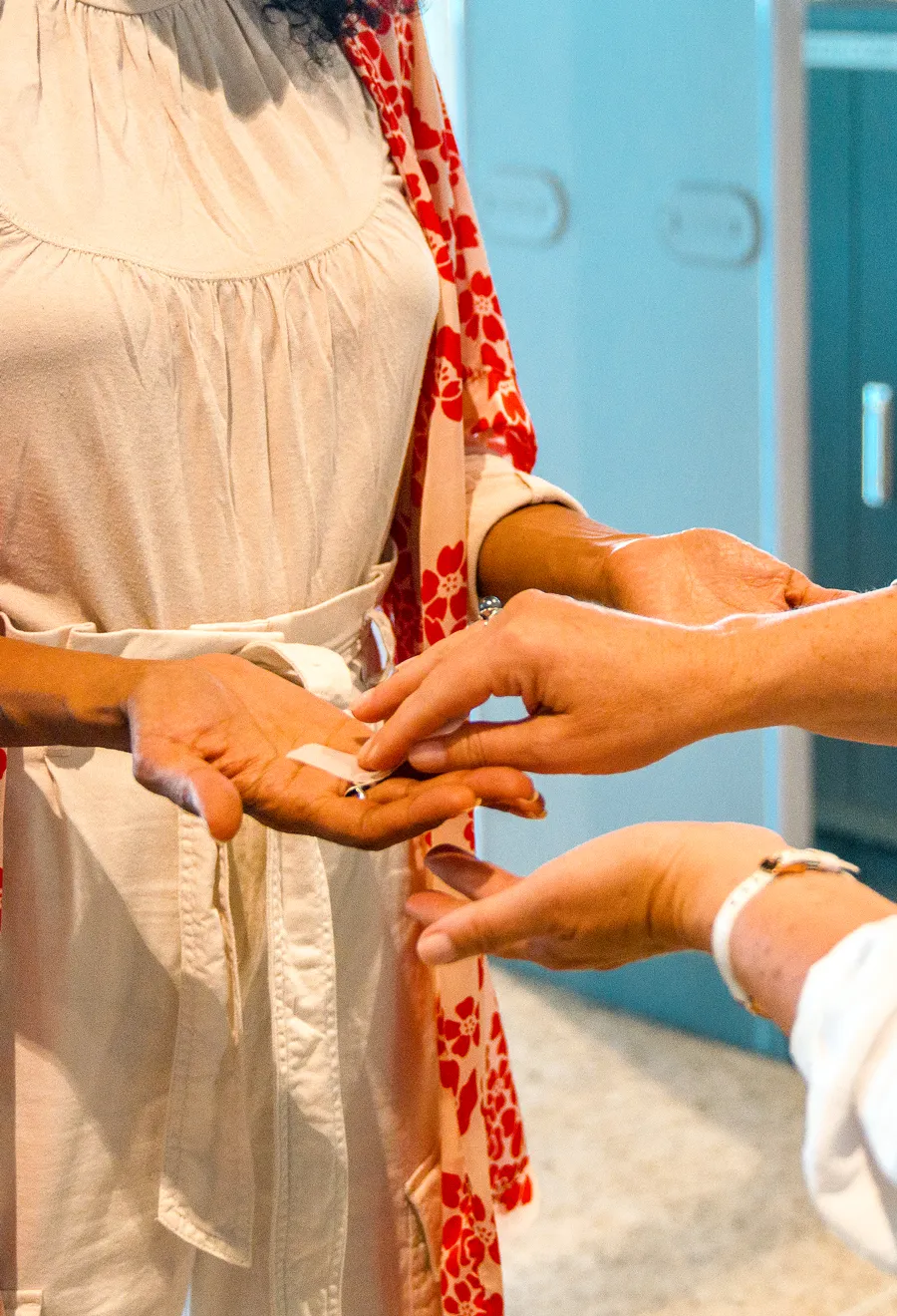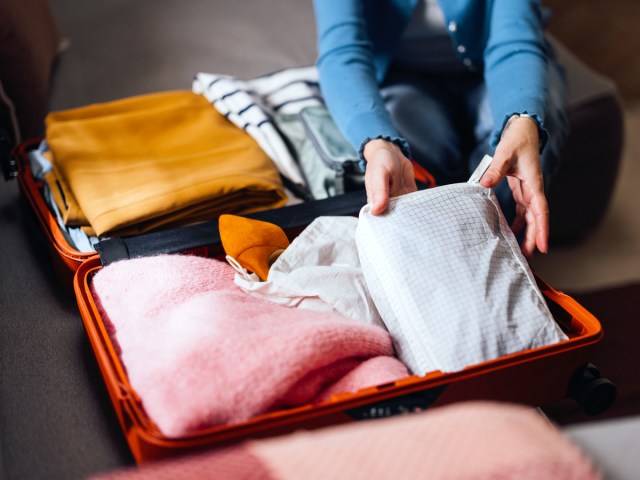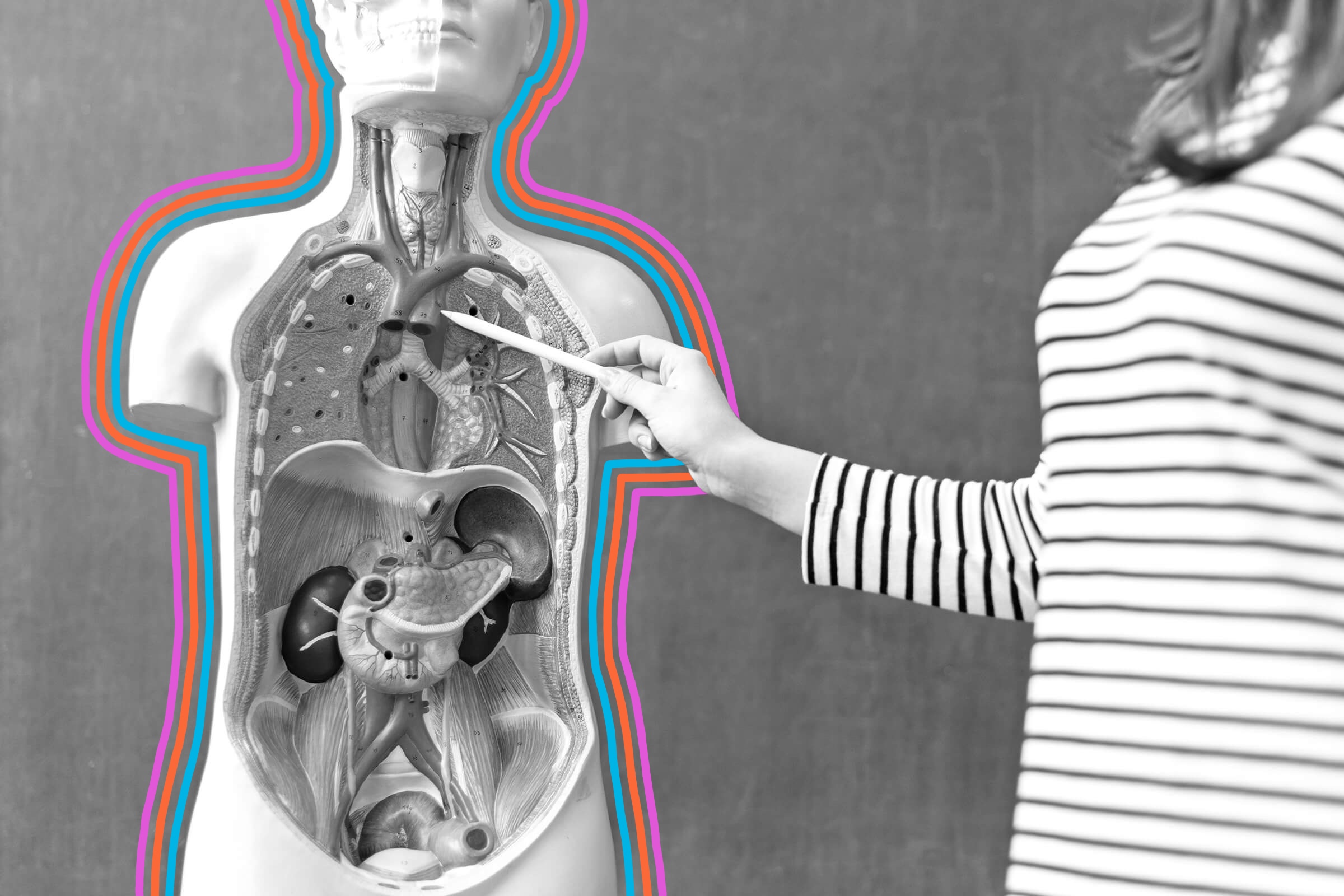Certain TSA rules should make sense to every flyer, such as the need to conduct X-ray scans of luggage to ensure it doesn’t contain any hazardous materials. However, the reasons behind other rules and procedures may be less clear, like being told to take off your belt or remove your electronic devices from your bag. In the latter category, you also may have wondered why TSA officers occasionally swab your hands as part of the screening process. The answer is actually pretty straightforward: They’re checking you for trace evidence of one particular potential hazard.
Explosive Trace Detection
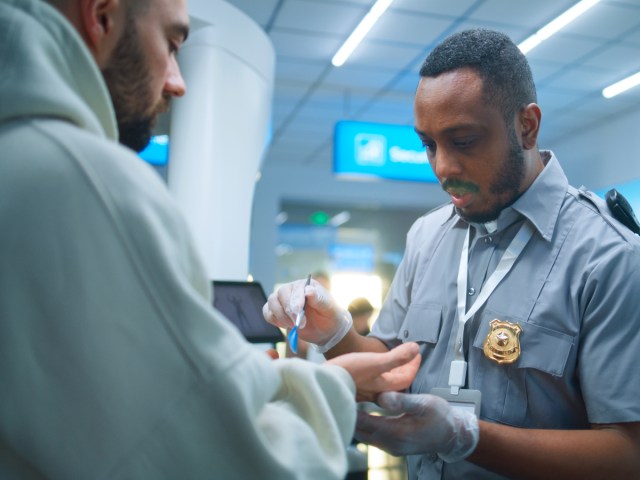
TSA’s hand swabs are part of a state-of-the-art screening process known as Explosive Trace Detection (ETD). This system was enacted in the wake of a failed explosive attack in 2009 and became commonplace at most U.S. airports the following year. As explained in this video from the Department of Homeland Security, the purpose of ETD is to search for trace amounts of potentially explosive residue caught inside the crevices of the human fingerprint.
Because you can’t see these traces with the naked eye, they require a swab and machine to analyze. When the swab is placed into a machine, it takes just a few seconds to analyze it and compare it with a library of chemicals tied to explosives. In the event that trace amounts of an unsafe material is discovered, it’s an indicator that something may be amiss and warrants further investigation. TSA officers are empowered to randomly pull aside any passengers for a mandatory hand swab. They may also swab the handle of your bag, shoes, laptop, wheelchair, or any other common touchpoints that may contain trace particles.
False Positives Do Happen
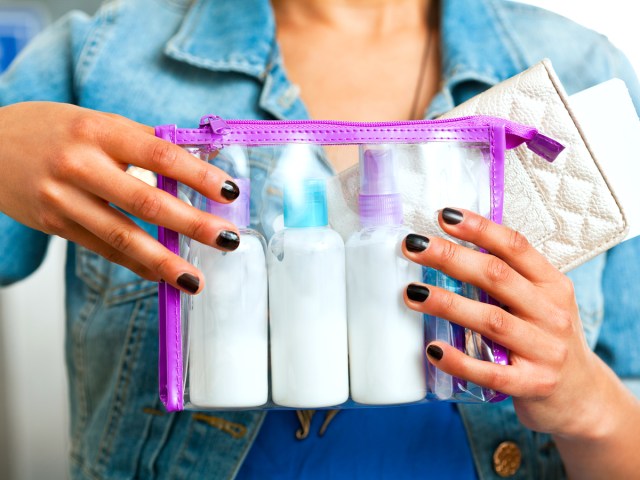
The process isn’t foolproof. At times, the same ingredients found in certain explosives are also present in everyday objects we often use. For instance, many soaps, cosmetics, sanitizers, and similar hygienic products contain glycerin, nitrates, and other chemicals that are also sometimes used in explosives.
Furthermore, some improvised explosive devices may contain fertilizer, which means that someone with a green thumb and a home garden may be at risk of being flagged, as there’s likely to be residue on their hands. This can lead to more false positives than real ones, but it’s still up to the TSA to investigate the matter further and clear each passenger.
In any case, if the machine comes back with a false positive, there’s no need to panic. Expect to be pulled aside and patted down by a TSA officer, who’s likely to thoroughly inspect the contents of your bag as well. Once the officer has completed this secondary screening, you’ll be free to proceed.
Can You Decline a TSA Swab?
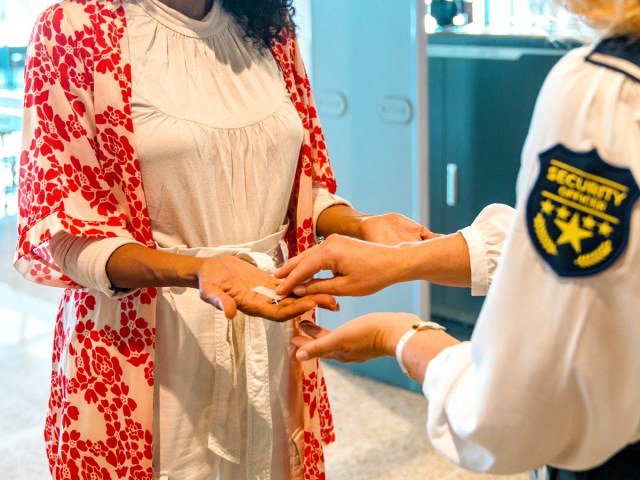
Some travelers have wondered if these hand swabs may violate our Fourth Amendment rights, which protect against unreasonable searches and seizures. But according to Jay Stanley, a senior policy analyst for the ACLU who was interviewed on the topic by CNN in 2010, ETDs are a permissible means of keeping flyers safe without violating their privacy.
However, Stanley added that’s only the case so long as these tests don’t disproportionately target people of specific races or religions. Furthermore, it would be a violation of one’s rights if the TSA used these swabs to detect anything unrelated to airline security — for instance, drugs.
If you’re selected to get your hand swabbed the next time you’re at the TSA checkpoint, complying with the officer’s request is mandatory. If you refuse for any reason, you could be subject to a more intensive secondary screening or even be denied boarding. Keep in mind that the swabs are used only once and disposed of after being analyzed, and it takes just a few extra seconds to perform the test — so you’ll be on your way to your flight in no time.
More from our network
Daily Passport is part of Inbox Studio, which publishes content that uplifts, informs, and inspires.






